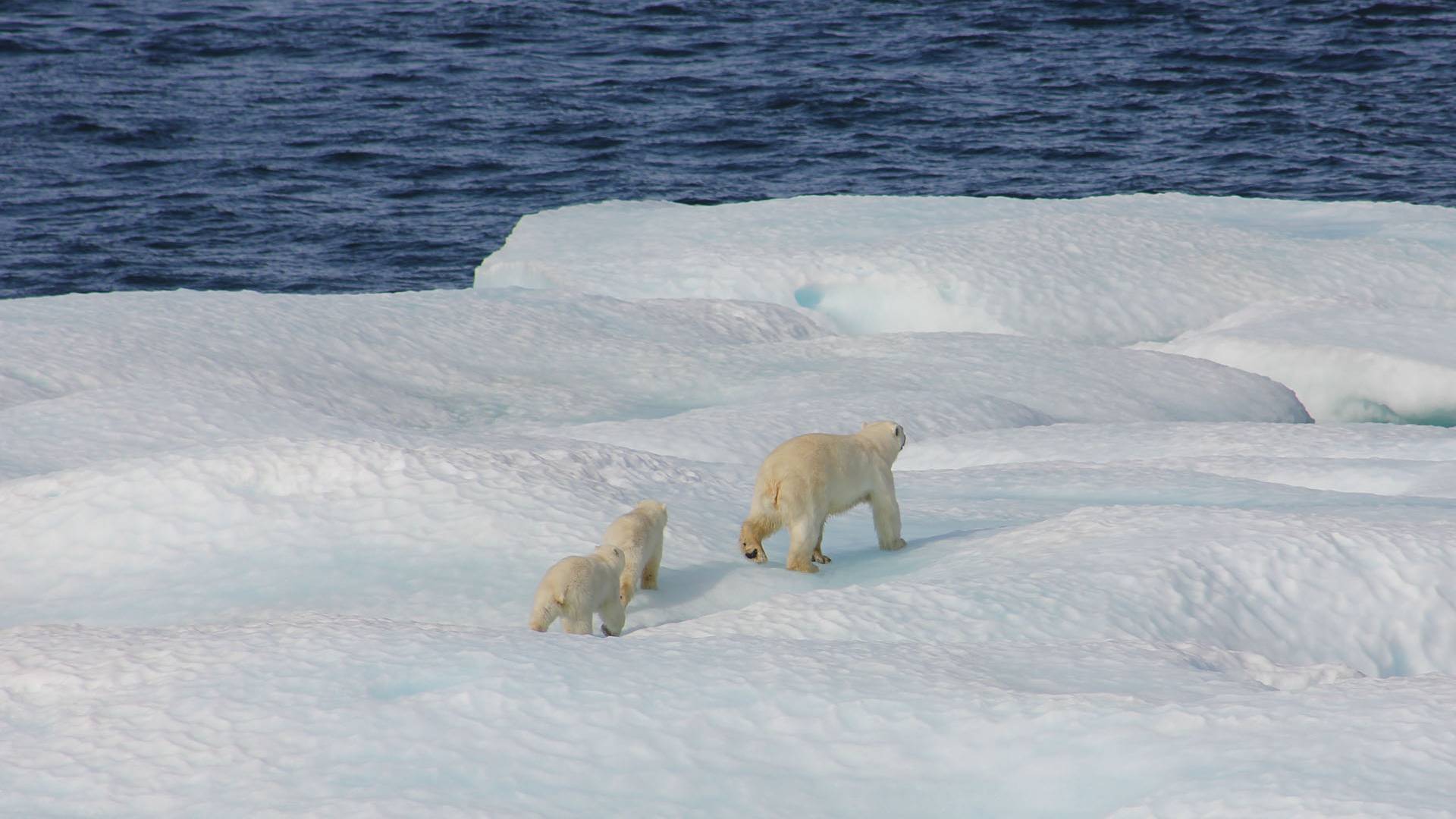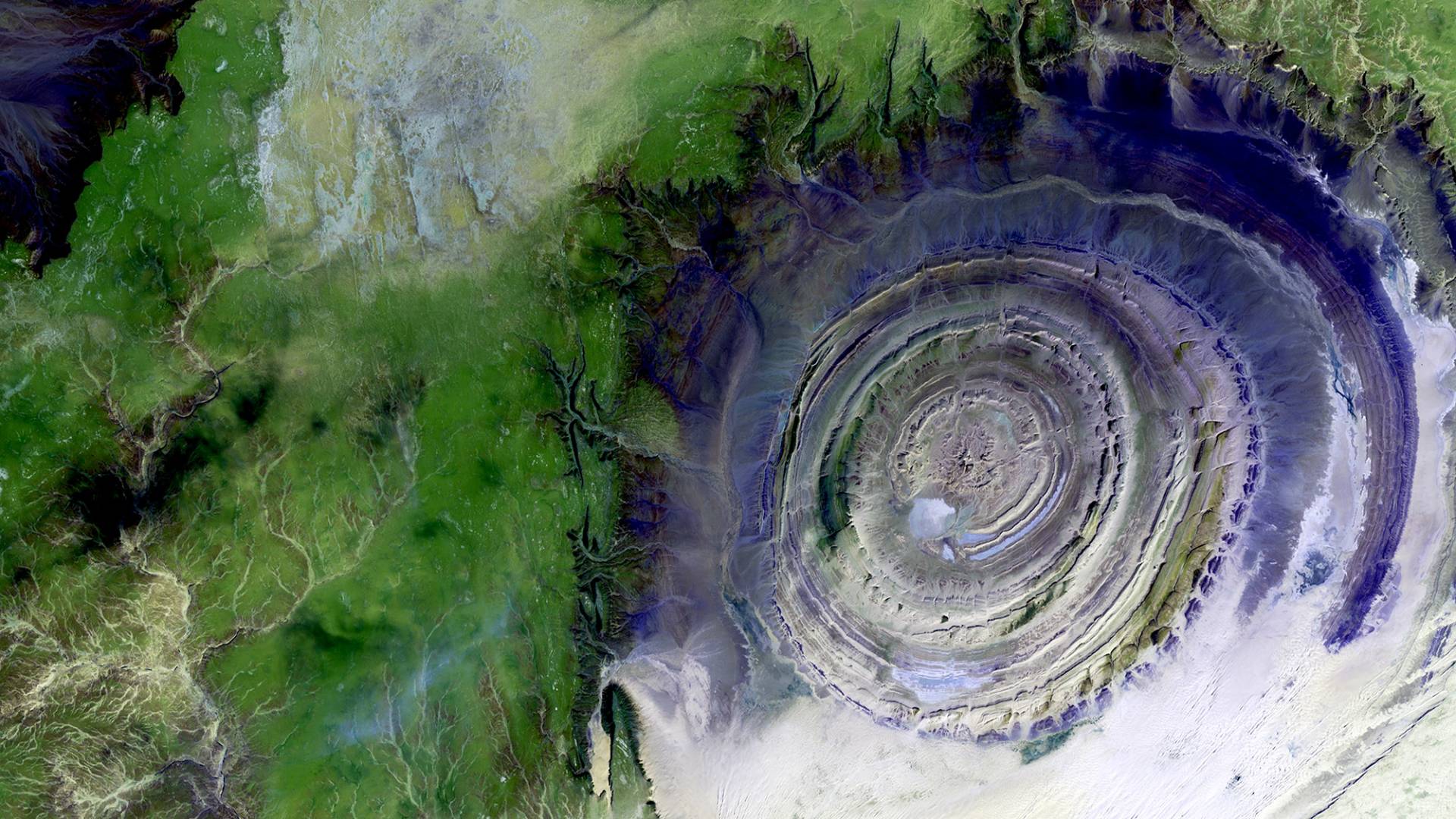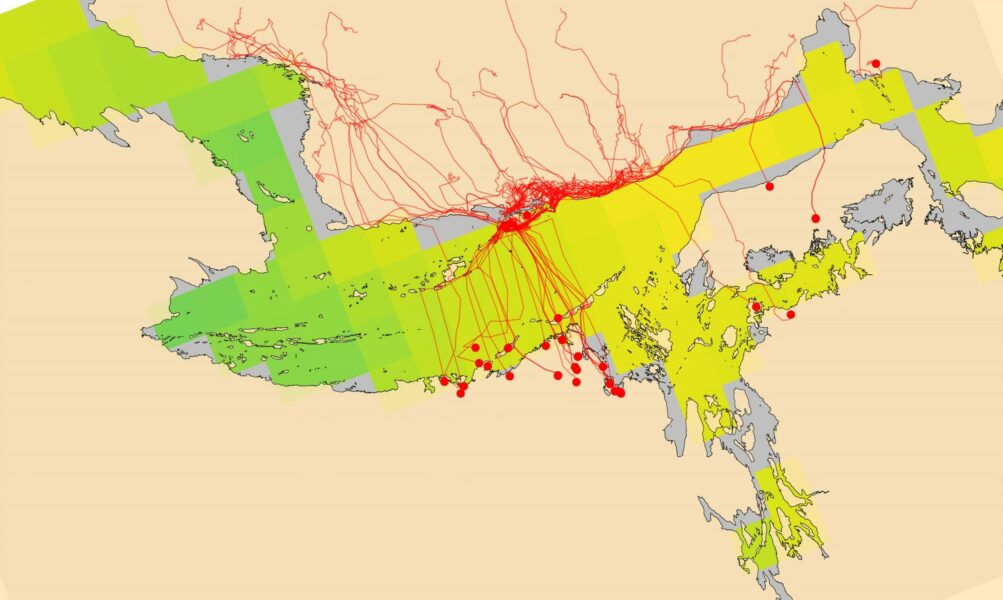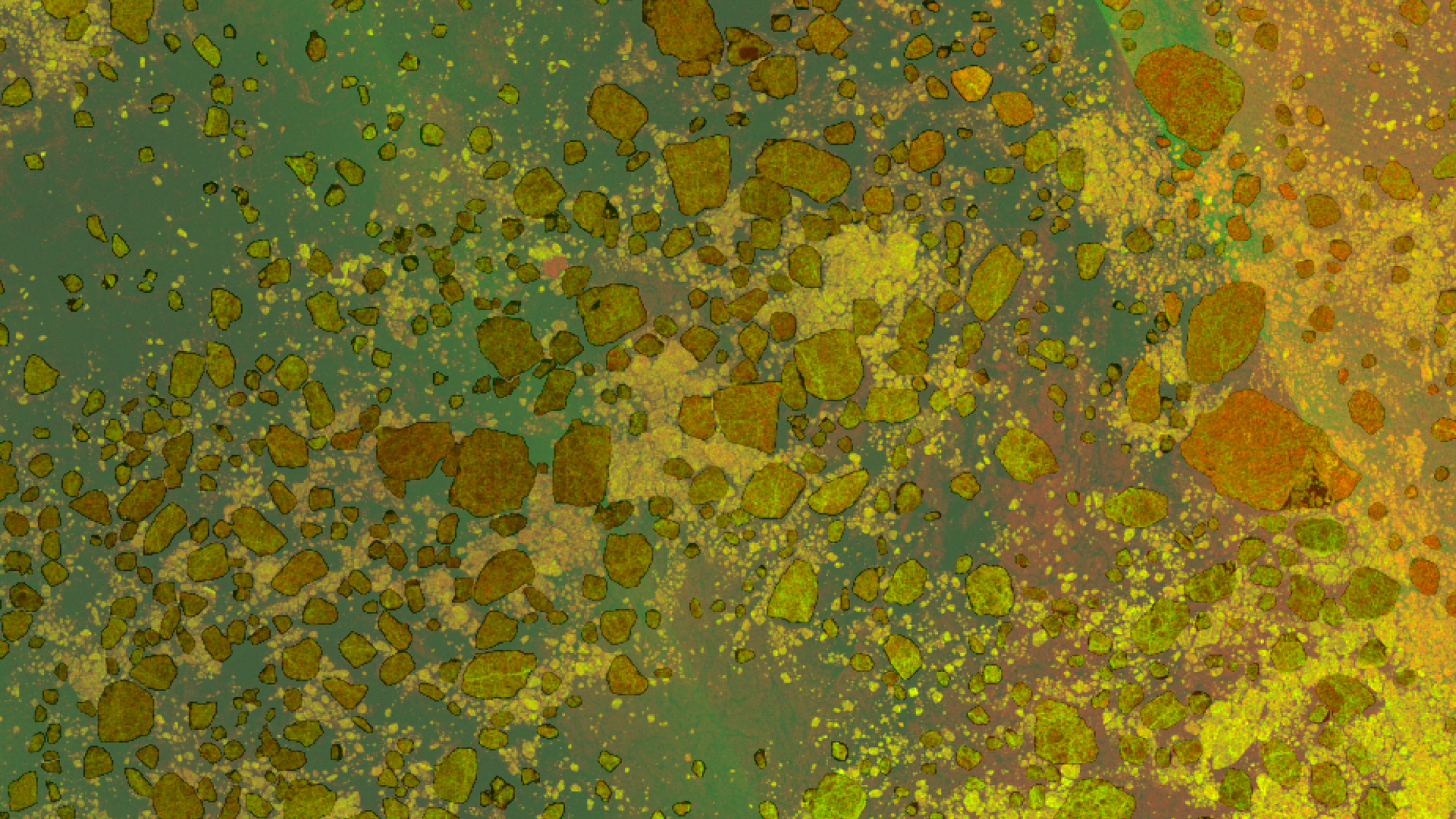AI, Data Science and Digital Twinning
As anthropogenic warming continues to put strain on our natural environments, it now is crucial that decision-makers have ready-access to actionable and timely information on the current states of environmental systems and future projections to help safeguard society and ecosystems around the world. Artificial Intelligence (AI) and Digital Twin technologies are rapidly becoming a central component to environmental research.

Sea ice forecasting with deep learning
IceNet is a probabilistic, deep learning sea ice forecasting system developed by an international team and led by British Antarctic Survey and The Alan Turing Institute [Andersson et al., 2021]. IceNet has been trained on climate simulations and observational data to forecast the next 6 months of monthly-averaged sea ice concentration maps. IceNet advances the range of accurate sea ice forecasts, outperforming a state-of-the-art dynamical model in seasonal forecasts of summer sea ice, particularly for extreme sea ice events. This step-change in sea ice forecasting ability brings us closer to conservation tools that mitigate risks associated with rapid sea ice loss.

AI for Weather Prediction
The AI for Numerical Weather Prediction (AI4NWP) programme draws together the Met Office AI projects and Turing expertise to drive forward development for data-driven approaches to weather forecasting. The new collaboration will accelerate work to deploy machine learning technology alongside traditional techniques to improve the forecasting of some extreme weather events, such as exceptional rainfall or impactful thunderstorms, with even greater accuracy, helping communities to increase their resilience.

Environmental monitoring: blending satellite and surface data
This project aims to lay the foundations for ambitious research programmes to tackle our greatest environmental changes. We will develop and deploy reproducible and interpretable methods to increase scientific understanding, build tools to help environmental measurement planning, and provide the underpinning tools for intelligent real-time monitoring. The project aims to strengthen collaborations across the environmental and machine learning/AI communities by enhancing open-source and user-friendly computing platform.

AI for Smart Conservation
In the AI for smart conservation project we are collaborating with the Government of Nunavut and WWF to develop practical tools for conservation decision making. By combining satellite observations, GPS tracking and AI-forecasting with local expert knowledge, we develop AI-informed systems which can give early warning and alerts for important environmental tipping points. This information can empower regional experts to design adaptive management plans, ultimately limiting species loss for vulnerable polar wildlife.

Automated tracking of sea ice and icebergs from satellites
There are established methods for identification of sea ice floes and icebergs in radar satellite imagery although they struggle when different ice types are within close proximity. We are developing approaches that can combine various satellite products and associated weather information.
Digital Solutions
My team are developing open-source digital tools, AI and digital twinning technologies for environment and sustainability. Our projects include autonomous marine operations planning for the Royal Research Ship Sir David Attenborough, one of the most advanced polar research vessels in the world. By collaborating with a wide range of international research institutes and businesses our aim is to integrate AI, models, earth observation and in-situ sensors to support international efforts to develop a Digital Twin Earth.